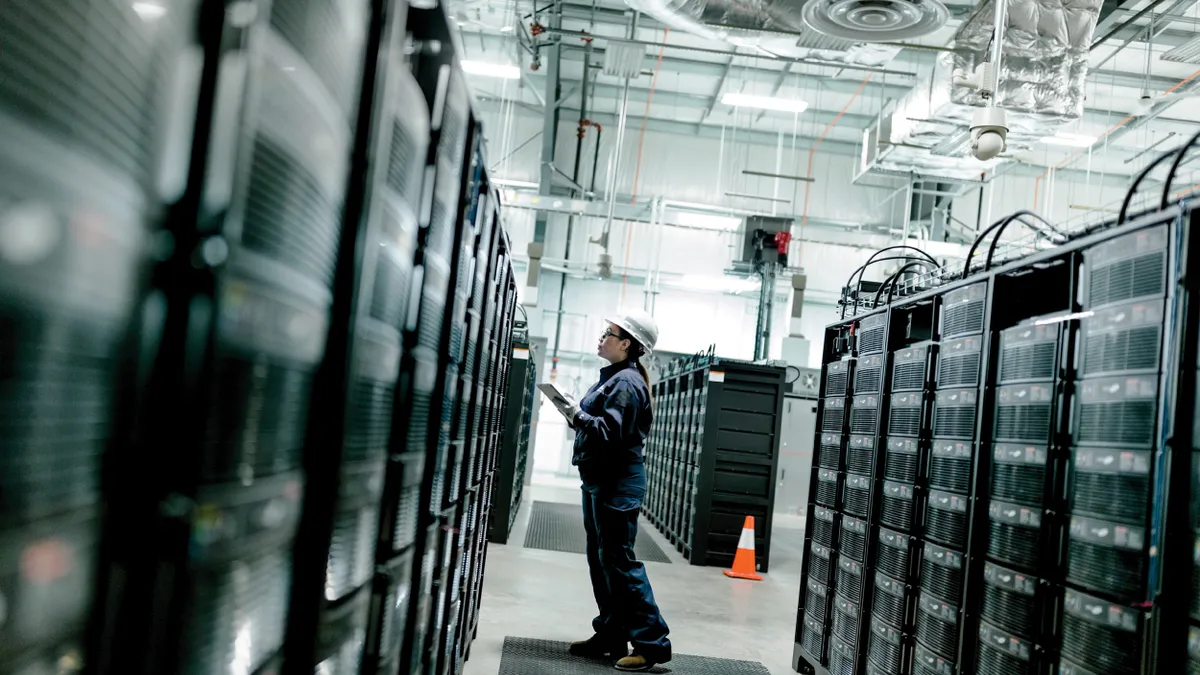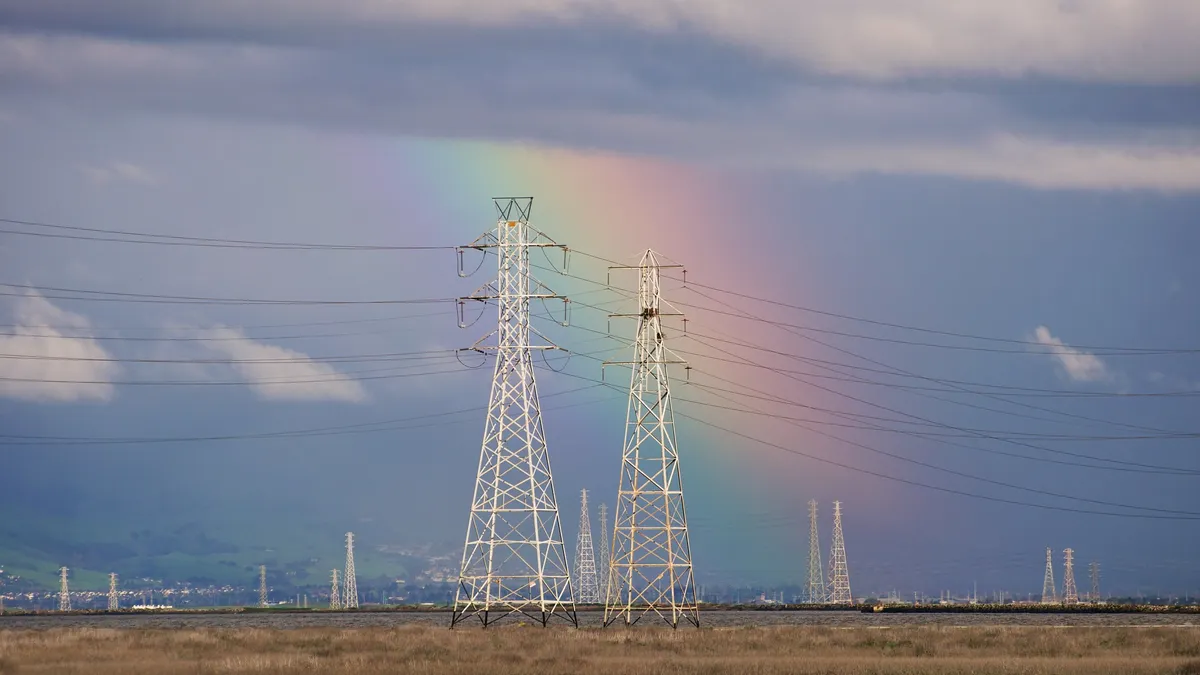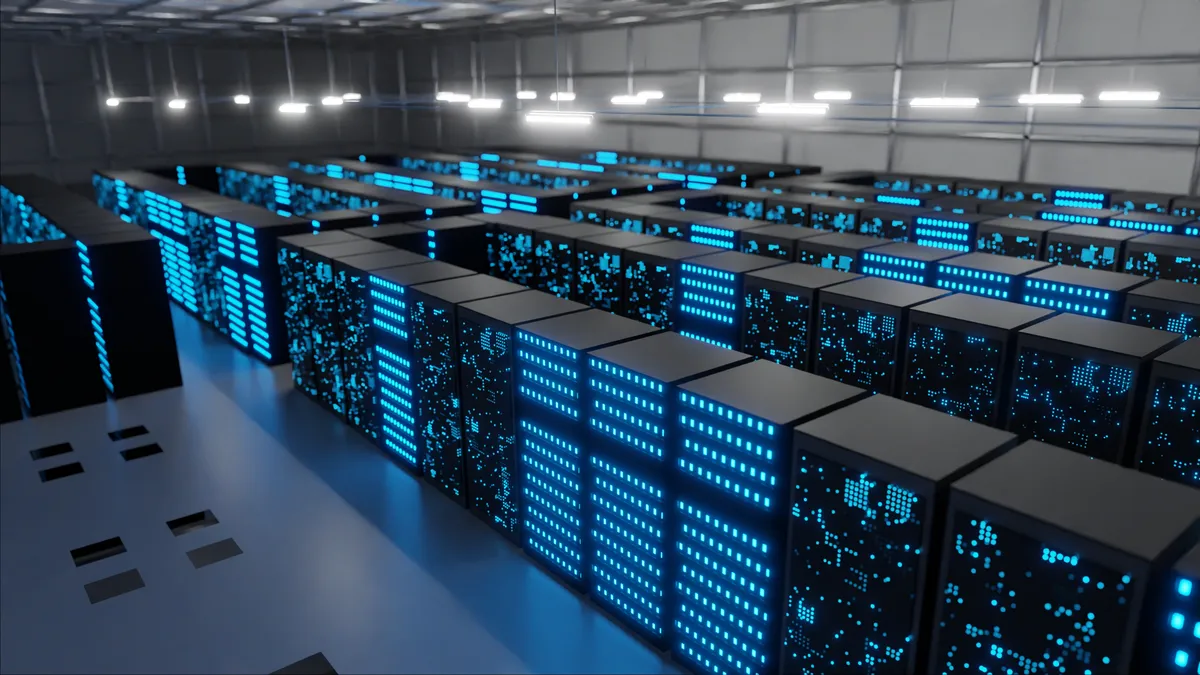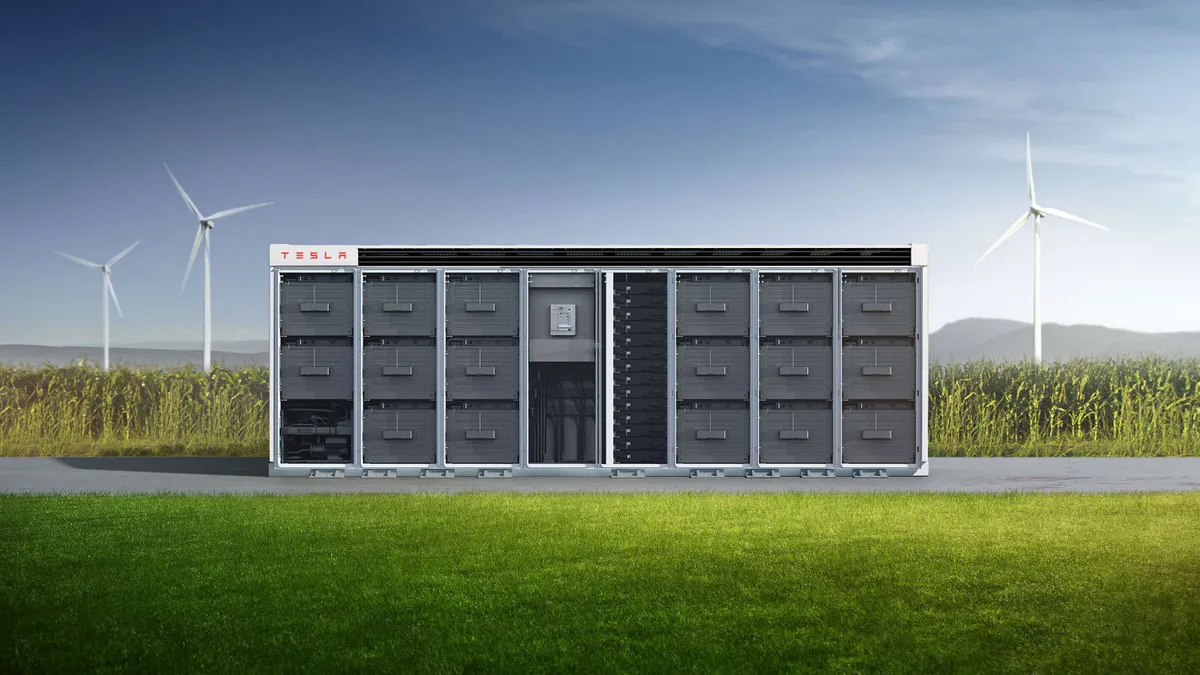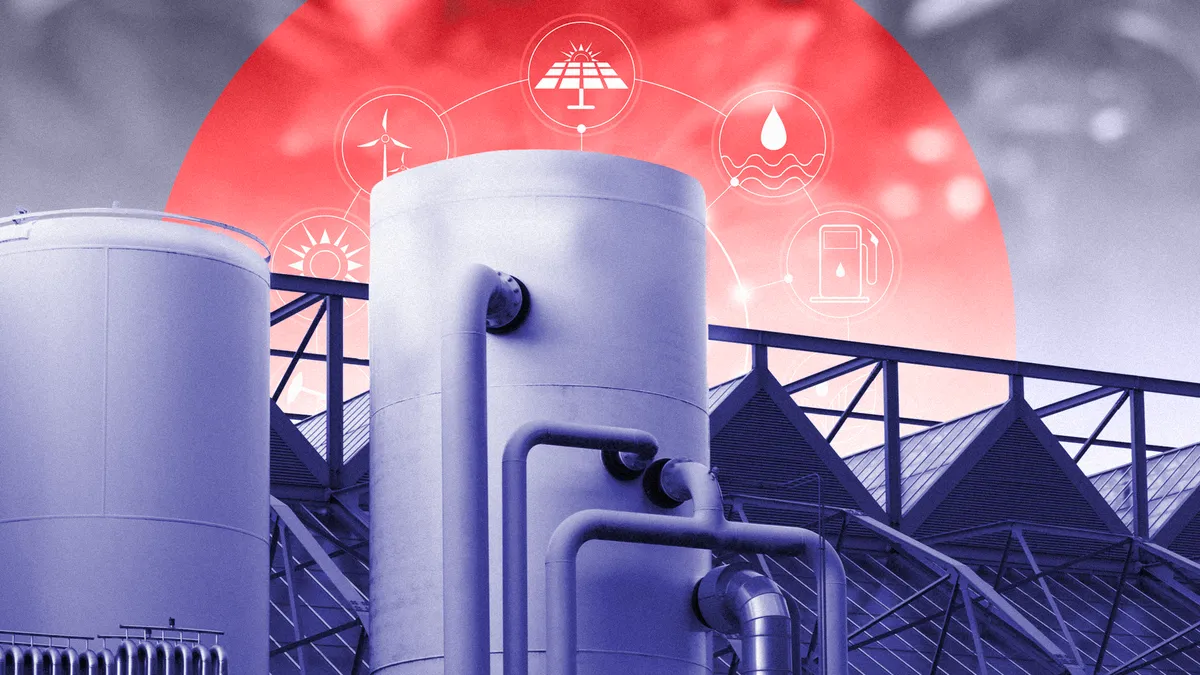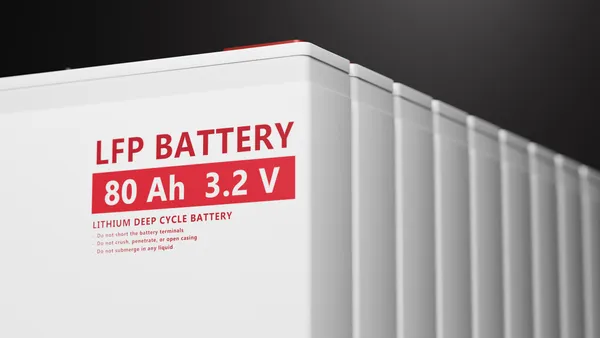The following is a Viewpoint by Alex Eller, a research analyst in Navigant Research's Energy Technologies program.
Grid operators around the world continue to recognize the benefits of energy storage technologies, and one of the most intriguing applications is the ability to defer investments in conventional transmission and distribution (T&D) infrastructure.
Energy storage systems (ESSs) providing T&D upgrade deferral can be a disruptive force in the industry as they allow for a more efficient deployment of capital to meet evolving grid needs and can enable the development of new business models. T&D upgrade deferral ensures that electricity lines, substations and other equipment have enough bandwidth to handle peak demand. Navigant Research’s recent report, Energy Storage for Transmission and Distribution Upgrade Deferral, takes an in-depth look at both the opportunities and challenges in this market.
T&D systems adapt to end-user needs and the placement of generation assets. This is becoming increasingly complex because of changing demand patterns, congestion due to the development of renewable generation in remote areas, and the desire to improve the reliability of electricity supply for customers that have a growing number of alternative options to meet their electricity needs. At the same time, developing T&D systems is becoming more expensive and challenging in much of the world, leading to the demand for ESSs as an alternative to the traditional investments utilities have relied on for decades.
Falling costs, faster build times, and a smaller physical footprint make energy storage an attractive option for utilities facing the need for T&D upgrades. The table below summarizes the challenges facing T&D investments and the benefits provided by ESSs.
As an alternative to conventional T&D investments, the key advantage of energy storage is the flexibility of the technology in how it is deployed and operated. Energy storage is one of many distributed energy resource (DER) technologies that are providing grid operators with new tools to manage changing conditions on the grid. DER — including demand response and energy efficiency retrofits — have been used around the world to cost-effectively provide targeted load reduction that avoids the need to upgrade grid infrastructure. The following graphic illustrates both the traditional and DER approaches to load growth, highlighting the ability of DER to more closely match evolving conditions and defer traditional upgrades through incremental deployments.
Although many DER technologies can provide targeted load reduction, energy storage is becoming a top choice due to its greater reliability and the ability for centralized control. Strain on the T&D system that drives the need for upgrades may only occur for a few dozen hours per year. When not needed to support T&D infrastructure, ESSs can provide other valuable services including frequency regulation, voltage support, spinning reserves, reducing the impact of outages, and integrating renewable generation. ESSs can also be located at various points on the grid, depending on the specific issues faced by grid operators.
Transmission level ESSs designed to relieve congestion have been relatively rare to date due to the large capacity required to alleviate these issues. However, as increasing amounts of renewable generation are built with limited transmission capacity, these storage systems may become more attractive. Distribution level ESSs have been the most common among T&D deferral projects to date. These systems are frequently built at substations or specific points of congestion on the distribution grid to defer investments and improve reliability by isolating outages. Many distribution level systems initially have been relatively small pilot projects, but utilization of modular designs allow for storage capacity to expand.
The final category of ESSs designed to defer T&D investments includes behind-the-meter (BTM) systems. This technology is more complex and dynamic than transmission or distribution level systems, although it has the potential to be far more disruptive to the industry. BTM energy storage for T&D deferral includes systems located in both commercial and industrial and residential buildings that utilize advanced software and virtual aggregation to provide targeted congestion relief for grid operators.
The primary advantages of BTM storage providing T&D deferral benefits are potentially lower costs to utilities and the ability to offer more visibility and control at the edges of the grid. Costs to procure load reduction can be lowered for utilities by allowing their customers to install ESSs at their properties, either by owning themselves or leasing space to a third-party provider. BTM storage for these applications is currently a nascent market, with key challenges including:
- Relatively high upfront costs for customer acquisition
- Small amount of storage capacity per system
- Concerns regarding the reliability of load reduction with customer or third-party owned systems
Although the use of energy storage to defer T&D investments remains an emerging market, the technology has already proven effective with projects in operation for several years. In fact, the largest storage project for transmission grid optimization was commissioned in Italy in 2015. The country has seen rapid growth in renewable energy installations over the past 5 years. Most of this new capacity has been built in the southern part of the country where both solar and wind are more consistent. However, the largest cities and greatest demand for electricity are in the central and northern parts of the country. This dynamic resulted in significant congestion of the transmission lines running north-south across the country and the curtailment of wind generation in the south.
Case Study: Terna
Terna, the organization responsible for managing Italy’s transmission network, determined that an ESS would be the best solution to this dilemma after evaluating conventional grid infrastructure investments. Utilizing sodium sulfur battery technology provided by Japanese firm NGK Insulators, Terna can store a total of 245 MWh of renewable generation per day and hold that energy until transmission lines have available capacity to transfer it to cities further north.
A challenge with these ESS projects is optimizing the operation of a system to overcome the relatively high upfront cost required for development by taking advantage of all available revenue streams. Over the life of the project, Terna will realize savings from avoiding T&D upgrades and renewable curtailment, as well as the other valuable services an ESS can provide.
While relieving congestion on the network and avoiding the curtailment of renewables does generate significant savings to offset the cost of this project, several other services are also provided by the battery project. These include both power- and energy-centric grid services such as primary control reserve (frequency regulation) and voltage support, as well as secondary (spinning) reserves and load balancing. This ability to provide multiple services depending on specific grid conditions and economics is critical to the advantage of energy storage over conventional alternatives. Effectively providing multiple services on the grid requires a new generation of sophisticated energy management and market interaction software, and challenges existing business models in the industry.
The use of energy storage for T&D deferral can result in a multitude of new business models and opportunities for players in this industry. Rather than simply selling T&D equipment to utilities, system vendors and developers can sell T&D deferral services utilizing energy storage. This type of storage as a service model reduces the risk and required investment for utilities, while system providers can utilize these assets to generate additional revenue in competitive markets. This trend is already playing out in the BTM storage space where rapidly evolving models for virtual power plants and aggregation allow utilities to source the load reduction they require with little upfront investment.
As the energy storage market matures, it will be critical for storage providers to determine how to structure their business models to take advantage of additional revenue streams while still ensuring the reliability of core T&D deferral benefits. This challenge will require input and collaboration between project developers and integrators, software providers, utilities and market regulators to determine optimal solutions. Storage industry stakeholders should look to develop new business models, and be actively involved in ongoing regulatory processes, to ensure that the full benefits of the technology are well understood and can be realized.
Alex Eller is a research analyst in Navigant Research's Energy Technologies program.


